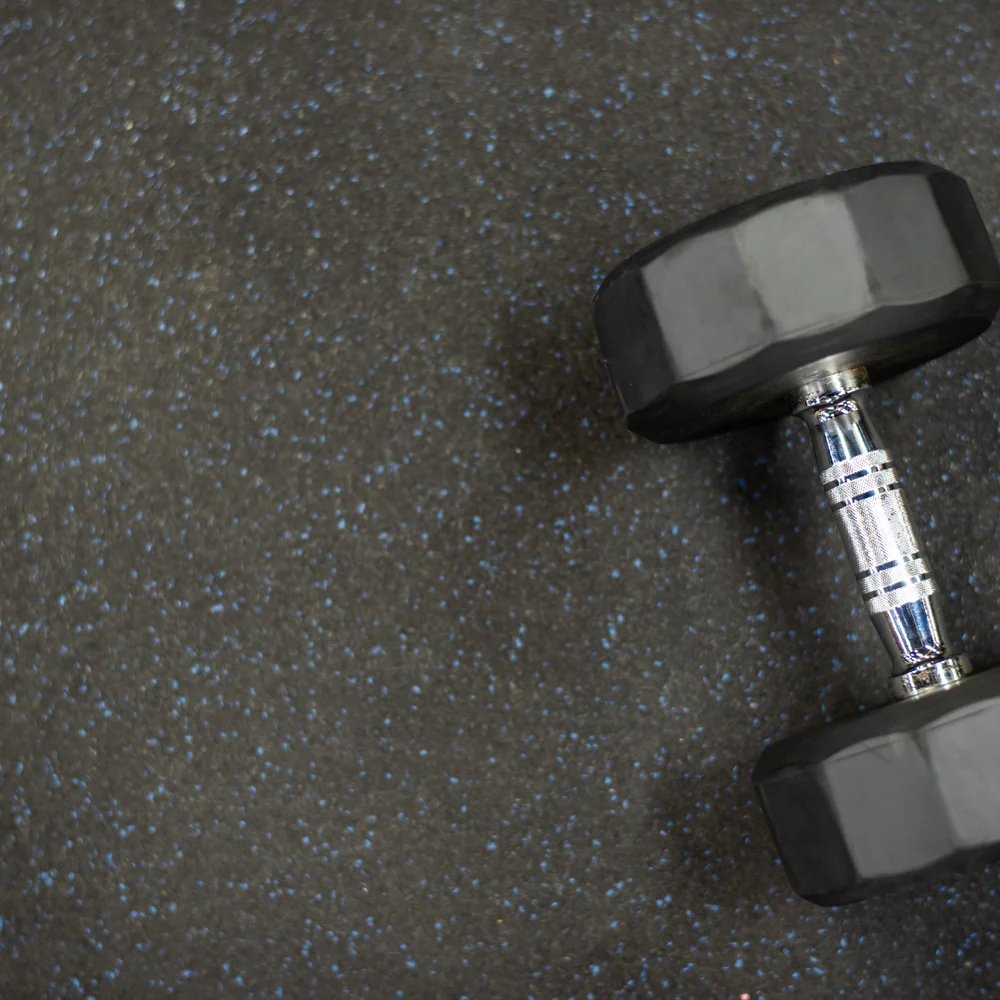Improving the Performance of Commercial Gym Equipment
The role of commercial gym equipment in shaping the fitness industry cannot be overstated. Ranging from treadmills to weight machines, these tools are indispensable for gym owners and fitness enthusiasts alike. Nevertheless, with the progression of technology and the evolution of fitness trends, there's always an opportunity to refine and enhance commercial gym equipment. Here are various avenues for improvement:
Integration of Artificial Intelligence (AI):
- Incorporating AI into commercial gym equipment can revolutionize the fitness experience. AI algorithms can analyze users' movements in real time, offering immediate feedback on form and technique. This not only reduces the risk of injury but also helps users optimize their workouts. Additionally, AI can tailor workout plans based on individual fitness goals and performance, enhancing efficiency and engagement.
Interactive Displays and Virtual Reality (VR) Integration:
- Interactive displays and VR integration can elevate workouts, making them more engaging and immersive. Users can immerse themselves in virtual environments while exercising, enhancing enjoyment. Moreover, real-time data visualization on interactive displays, including heart rate and calories burned, keeps users motivated and focused.
Enhanced Connectivity and Data Sharing:
- Improved connectivity features like Bluetooth and Wi-Fi facilitate seamless data sharing between gym equipment and users' devices. This enables effortless tracking of workouts, progress monitoring, and synchronization with fitness apps and wearables. Analyzing this data provides valuable insights into user behavior, leading to more personalized fitness solutions.
Ergonomic Design and Customization:
- Ergonomic design is critical for ensuring user comfort and safety. Commercial gym equipment should be adjustable and customizable to accommodate diverse users. By minimizing strain on joints and muscles, ergonomic design enhances the overall workout experience while reducing the risk of injuries.
Incorporation of Renewable Energy Sources:
- Embracing sustainability by incorporating renewable energy sources such as kinetic energy generators and solar panels can reduce carbon footprint and energy costs. This innovative approach harnesses users' movements and solar power to supplement energy usage, contributing to environmental conservation.
Modular and Upgradable Components:
- Modular design allows for easy maintenance, repair, and upgrades of gym equipment. By modularizing components, such as screens and resistance systems, gym owners can replace or upgrade individual parts without replacing the entire machine. This extends equipment lifespan and ensures compatibility with future advancements.
Integration of Biometric Sensors and Health Tracking:
- Integrating biometric sensors into gym equipment provides real-time health insights to users, aiding in performance optimization and injury prevention. Health tracking features help users identify trends in their fitness journey, empowering them to make informed decisions about their well-being.
Collaboration with Fitness Professionals:
- Collaboration with fitness professionals ensures that gym equipment meets diverse user needs. Involving trainers, therapists, and scientists in the development process ensures that equipment is functional and beneficial across various fitness levels and disciplines.
In conclusion, enhancing commercial gym equipment involves a multi-faceted approach encompassing advanced technologies, user-centric design, sustainability, and collaboration with industry experts. By continuously innovating and refining gym equipment, manufacturers can elevate the fitness experience and contribute to the advancement of the fitness industry.



Comments
Post a Comment